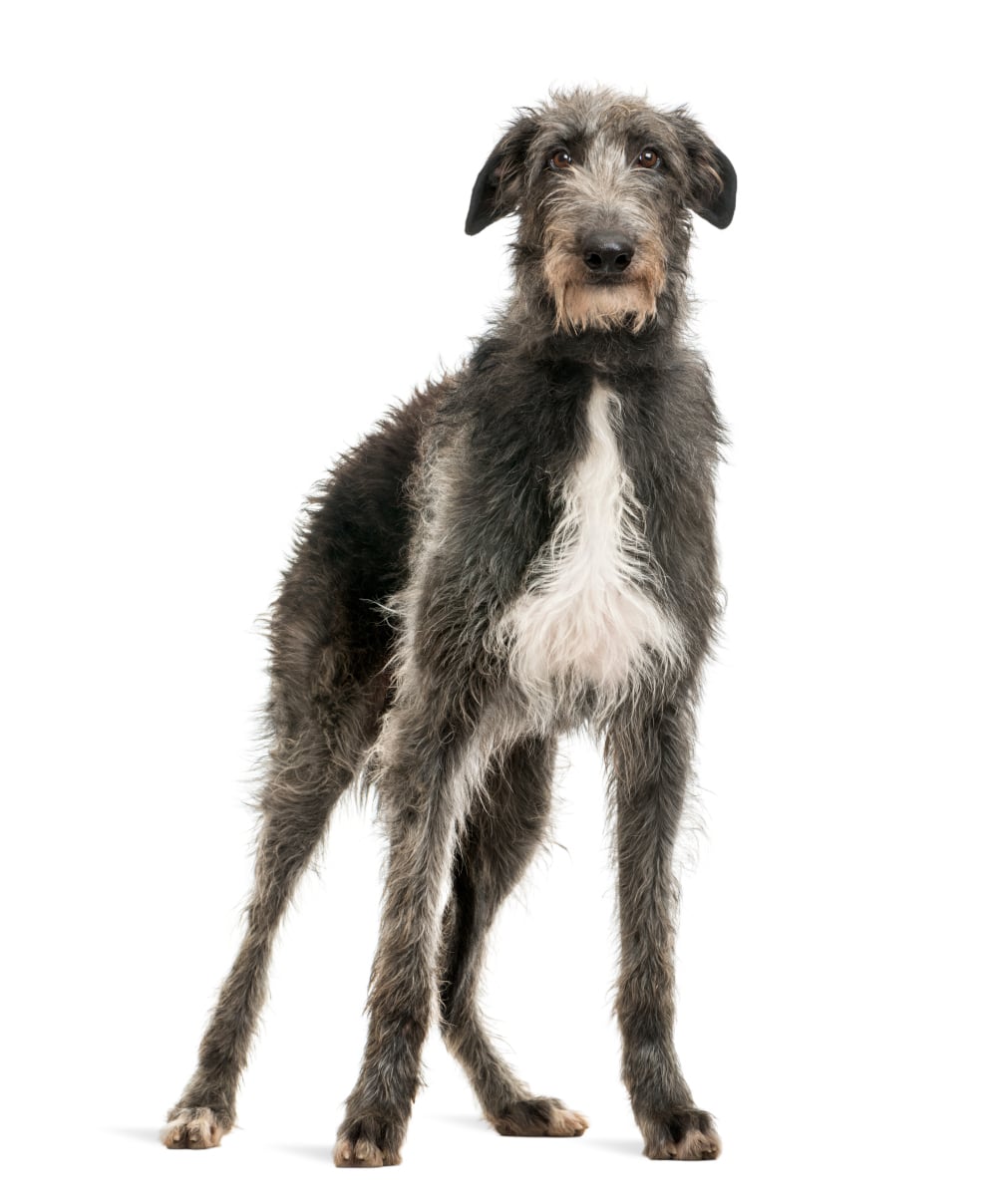Genetic test for lysosomal storage disease in Dalmatians and Dobermanns
Lysosomal storage diseases (LSDs) are a group of hereditary diseases with progressive neurological symptoms. LSDs are triggered by an abnormal accumulation of incompletely degraded macromolecules within the lysosomes.
In Dalmatians, lysosomal storage disease is caused by a genetic variant in the CNP gene. Homozygously affected dogs show the first progressive symptoms at the age of 18 months, such as behavioral disorders, cognitive decline, loss of coordination, impaired vision, anxiety, running around and circling, hypersensitivity, sleep disorders and incontinence. The first symptoms appear at the age of 18 months. From the age of about 7 years, symptoms such as balance problems and signs of disorientation are added. The dogs tip over when walking, run into obstacles and often lean against objects to support themselves. Magnetic resonance imaging shows generalised brain atrophy with pronounced degeneration of the white matter in affected animals. Dogs that are heterozygous for the variant may show neurological disorders at a later stage. The symptoms are also progressive but less severe and develop between the ages of 9 and 11. Clinical signs include loss of appetite, ataxia, restlessness or sleep disturbances. At around 12 years of age, some dogs show a considerable loss of coordination, they fall over and have difficulty getting up again. Some dogs also show signs of visual and hearing impairment.
A mutation in the MAN2B1 gene was found in the Dobermann breed, which is responsible for a lysosomal storage disease. The first symptoms were observed in one affected dog at around 2 months of age, including sluggishness and difficulty standing with frequent falls. The neurological examination revealed a slight mental weakness, difficulties with movement coordination (proprioceptive ataxia), a reduced blink reflex (menace response) and an outward squinting of the eyes (strabismus divergens). As the disease progressed, he developed aggression towards other dogs, intolerance to grooming and bathing, compulsive behavior such as circling and inappropriate vocalization, as well as uncoordinated movements and difficulty climbing stairs. Due to the progression of neurological signs, including dementia and apparent hallucinations characterized by reactions to non-obvious stimuli or open areas/empty spaces, the affected dog was euthanised at 14 months of age.




